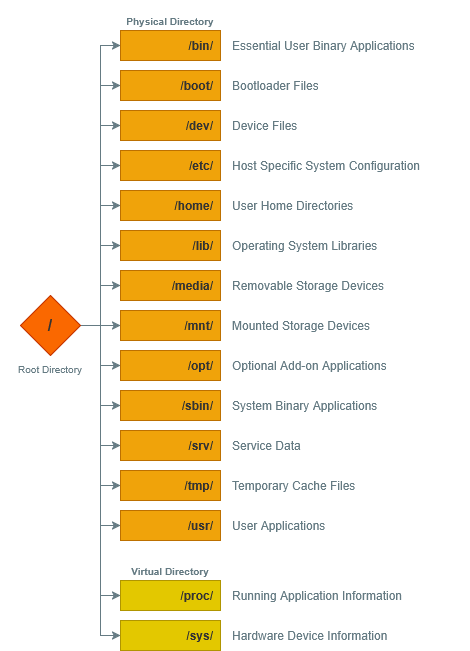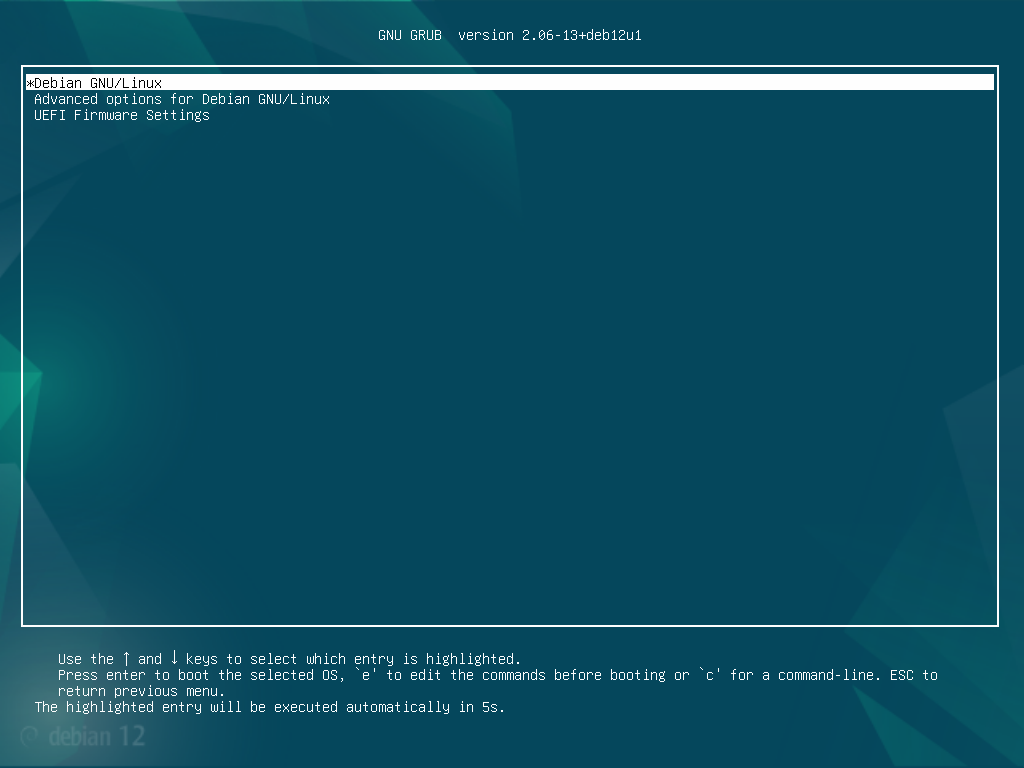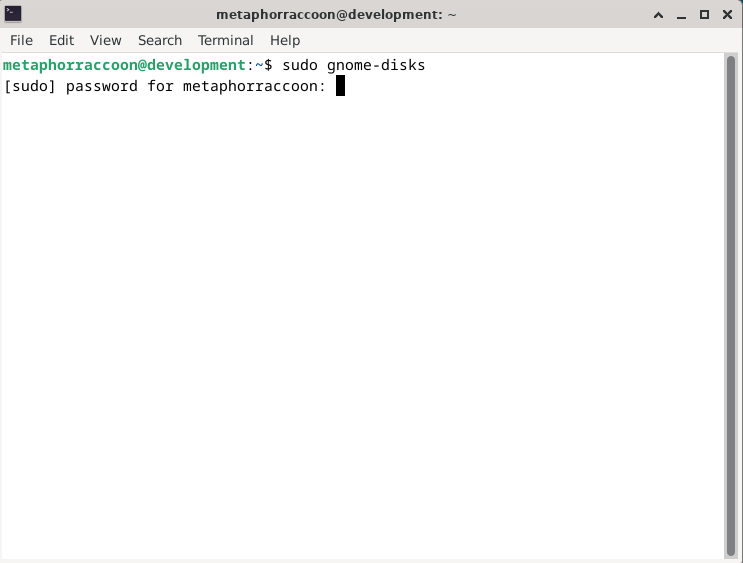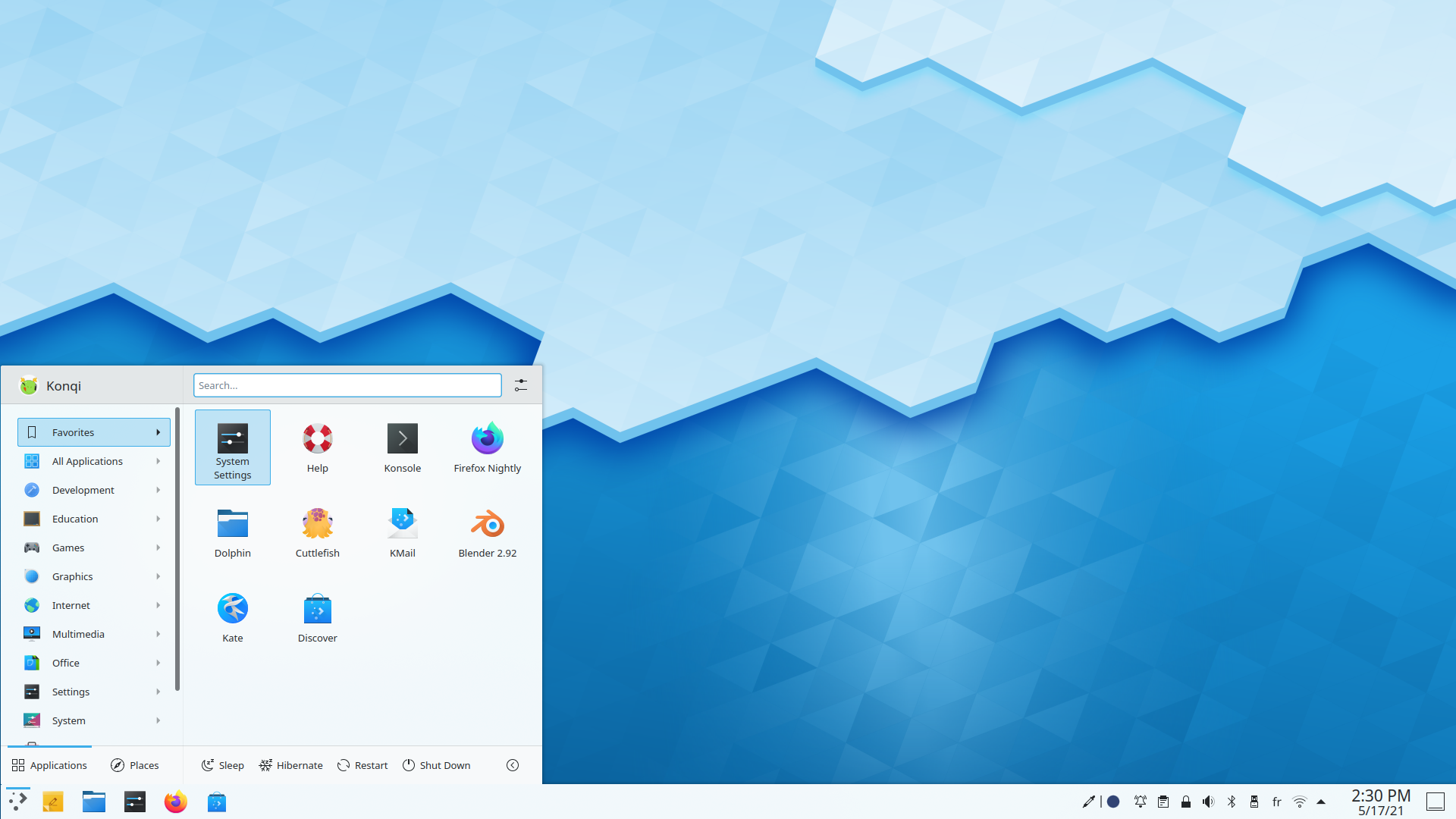What is Linux?
When talking about "Linux", we are not talking explicitly about one operating system. This is because the Linux ecosystem is the collective effort of numerous open-source development communities. Developer collectives create modular components that conglomerate into larger systems.
These systems revolve around the Linux kernel, which has complete control over all hardware and software. The kernel is always loaded into memory, facilitating communication between components like your processor, graphics card, and storage drives with your operating system. The kernel uses device drivers installed on the operating system to control hardware inside the computer system. The System Call Interface allows user applications to request access to system hardware through the operating system.
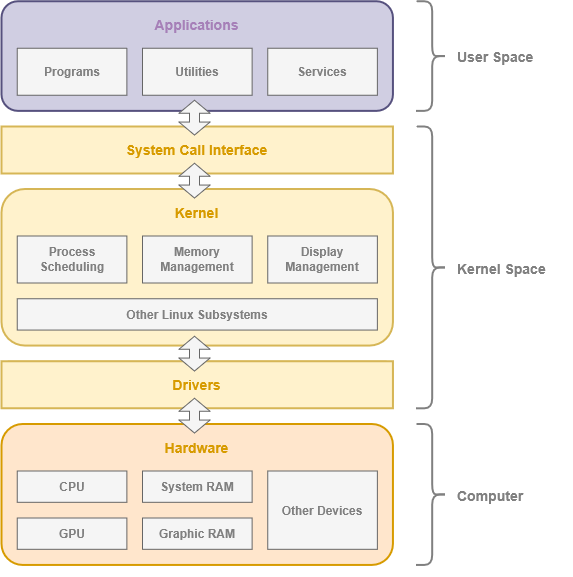
The kernel is packaged alongside software created by other open-source developers into a 'distro' – or a distribution. Entire Linux branches can derive from other distros by mixing and matching components to create a family tree. Debian is root of Ubuntu which is used in turn for Raspberry Pi OS, ElementaryOS, Linux Mint and many others.
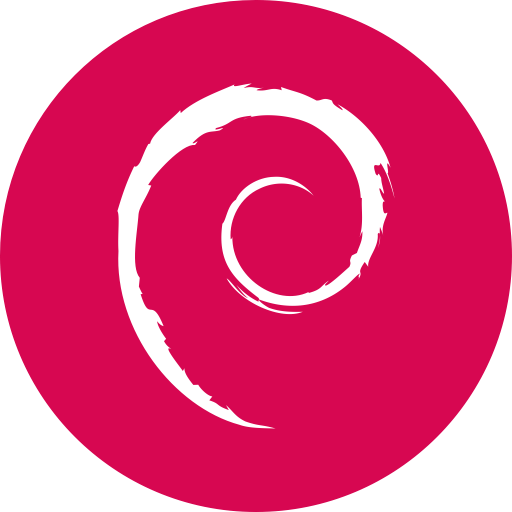 |
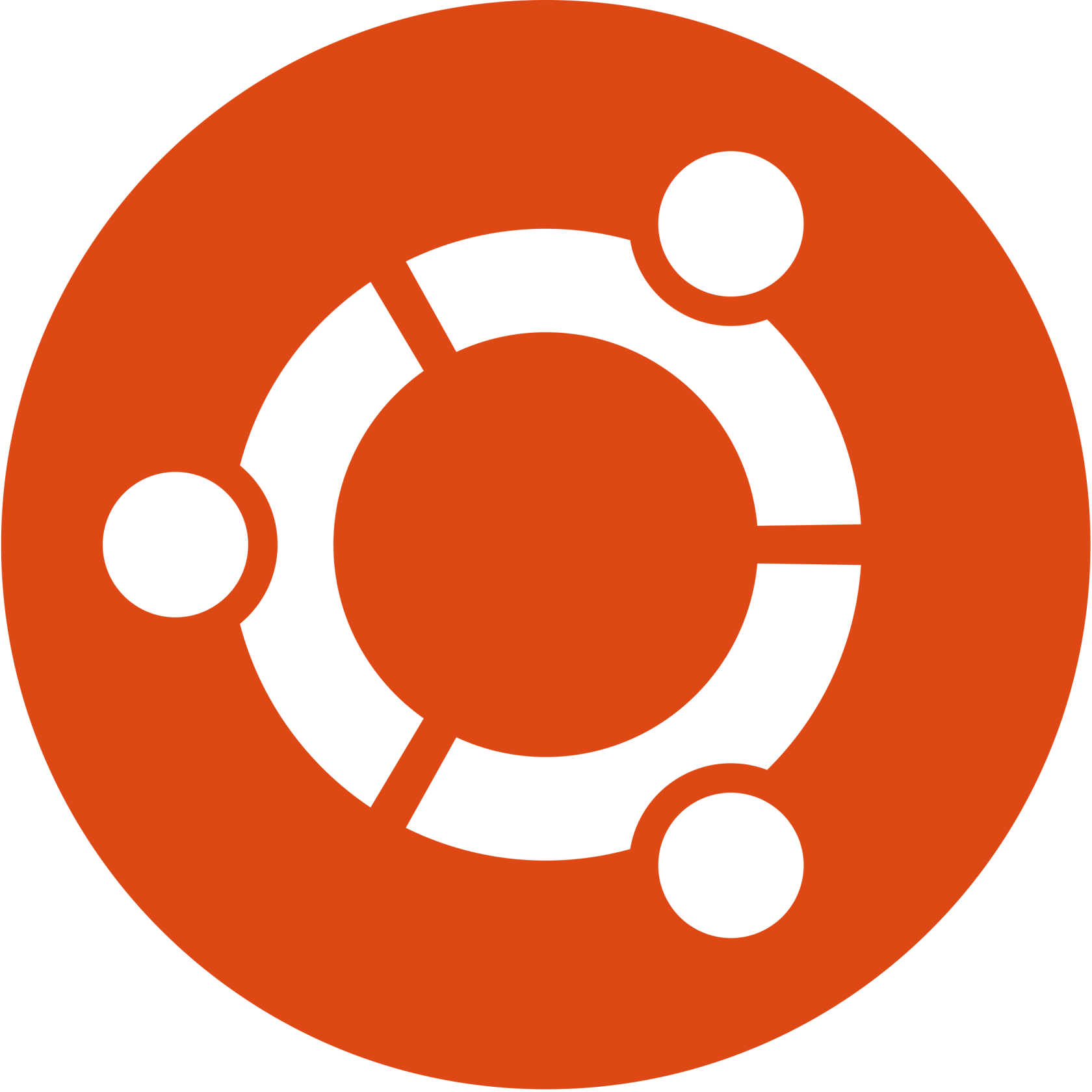 |
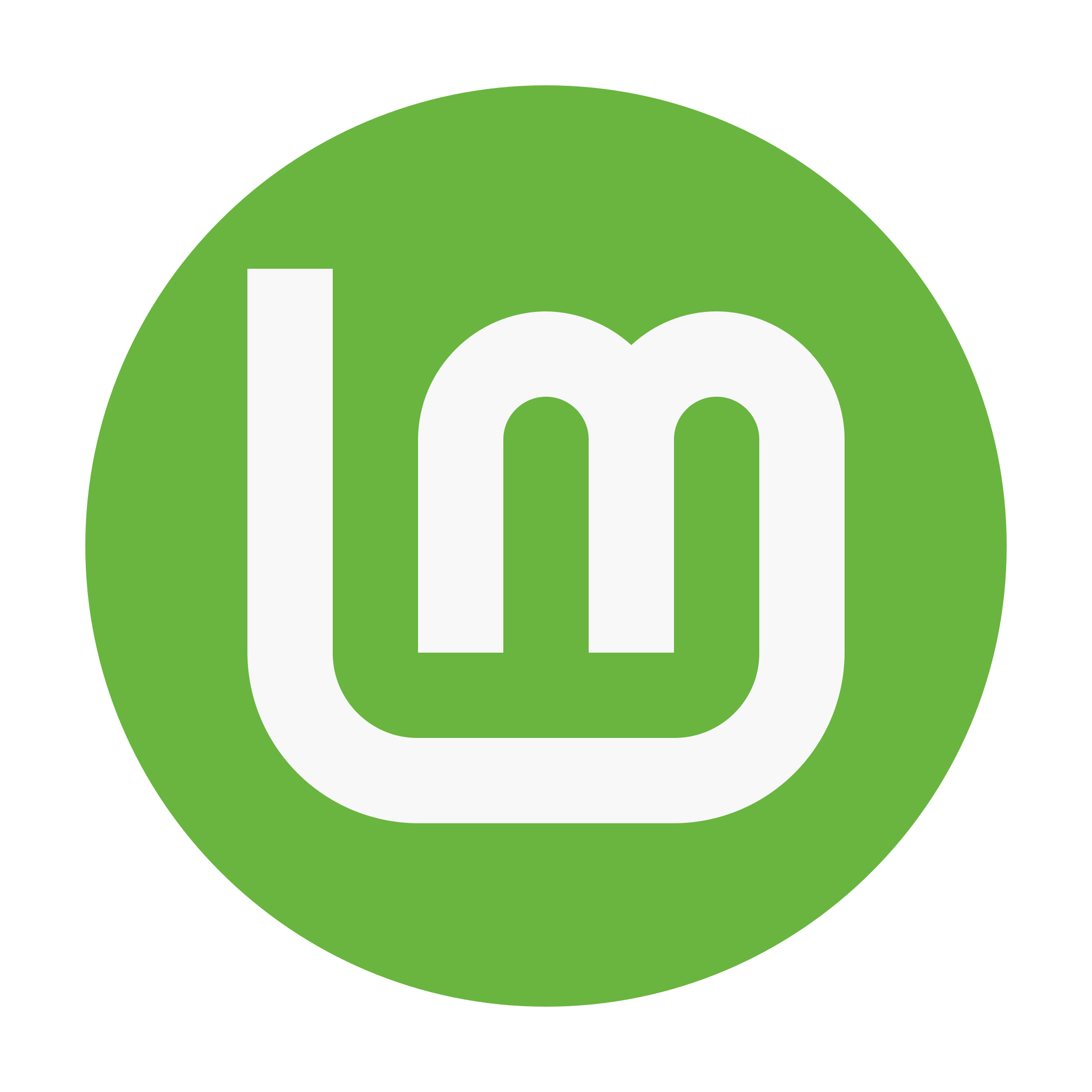 |
Software freedom and equitable access are central tenets of many Linux distributions. Many open-source projects utilize a "copyleft" or "permissive" licenses that allow modification and redistribution of the software. Decentralized development – with developers located around the world – is fostered by the open-source ethos that revolves around open knowledge sharing and peer participation.
Much of our modern world is powered through open-source software projects. Linux is an example of the immense scale of open-source projects while openssl – which provides secure encryption to over two-thirds of the internet – illustrates their dire importance.
Components
The Linux operating system comes with several core components. These parts works together to get the hardware initialized so that software can be loaded on it and made available for users.
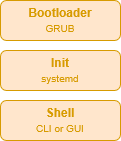
Bootloader
When a computer is first turned on, the bootloader pulls the kernel into active memory and activates the first stages of the operating system. GRUB (or the GNU GRand Unified Boot) is perhaps the most common bootloader for Unix-like operating systems.
Init
Once GRUB has loaded the kernel, the first program started by the operating system is called an init – or initialization – service. This integral service is the root of all other processes operating on the computer. This is the first program that operates within the 'user space' – or any running software that exists outside of the kernel. For many Linux distributions, systemd has become the defacto standard.
Shell
As part of the init program, the system loads the Shell – or the user interface. This is the interactive element of the operating system that evokes what we commonly think of as the "operating system". It is named the "shell" because it is outermost layer surrounding the operating system. The shell can be a command line interface or a graphical user interface.
Command Line
Command line interfaces first emerged in the 1960s as the primary means of interacting with a computer and were created as an interactive alternative to punch-card systems.
They offer powerful direct access to computer hardware and software. Command-line interpreters use a specific syntax and there are many available, such as Bash used by Debian. You accomplish this using programs and utilities that accept text-based input through the terminal. This interface type makes it easy to automate tasks through the creation of scripts.
Graphical User Interface
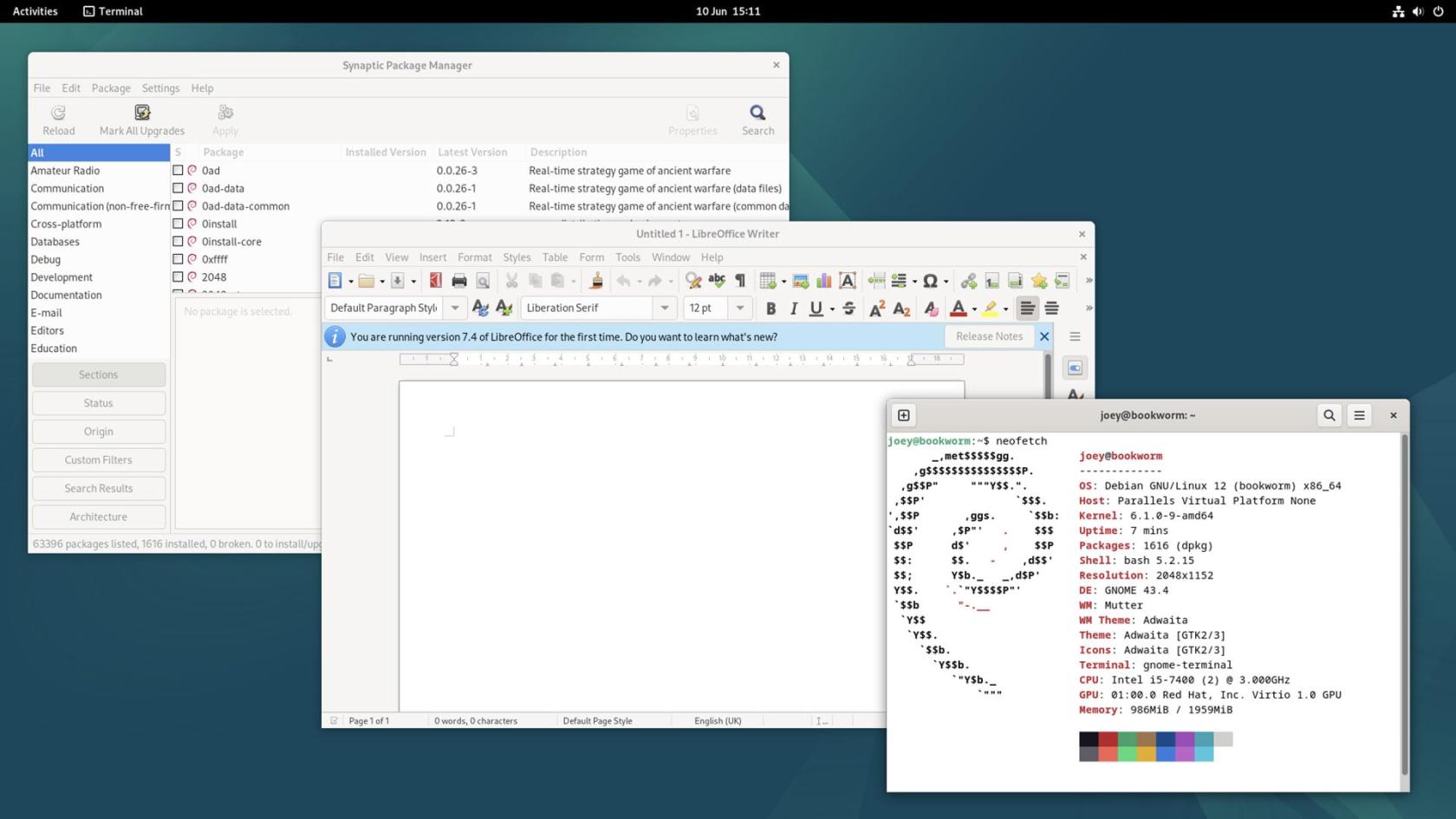
Graphical user interfaces offer a graphical desktop environment that allows you to interact with the operating system and running applications visually. These interfaces require a display to view the "desktop" as well as a mouse and keyboard to accept user input.
Debian uses GNOME by default, but other common options include:
The Desktop Environment is largely a personal preference. They define the overall look and feel of your user experience.experience, similar to the Microsoft Windows DWM. YourThis choice affects what applications are installed by default, but you are free to install applicationsany bundledcompatible withapplications. other
While installing Debian, you are free to install your preference, or include more than one to switch on-the-fly. Cinnamon, shown below, is bundled with Linux Mint by default.
File System
The Shell allows users to interact with the data stored on our disk drives through both a command line or graphic user interface. This is accomplished using a file system on your hard drive to govern file access and its functional organizational structure.
Linux has an "everything is a file" design philosophy which functionally means that hardware devices, processes, and sockets are overlaid onto our root folder. As an example, the directory "/proc" doesn't actually exist on our operating system hard drive. It is an virtual file representing real-time information from the kernel and other processes. This allows us to access information provided by them directly through the shell.
File paths are expressed by their folder hierarchy, starting with root or "/". Personal user data is stored within root in the home directory, or "/home". Each user account has their own home directory containing their own files and folders, e.g. "/home/user".
When we have multiple hard drives, they are located within the virtual "/mnt" directory. This enables all of our storage spaces to be accessed as a subfolder of the Linux root folder. This behaves differently than Windows which assigns a letter designation to each drive, creating multiple root folders – like "C:\" and "D:\".
Windows path use a backslash ("\") while Linux uses a forward slash ("/").
